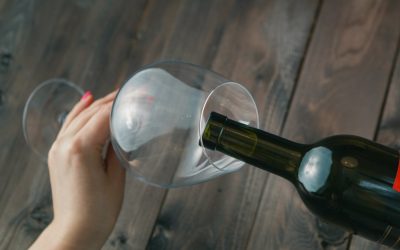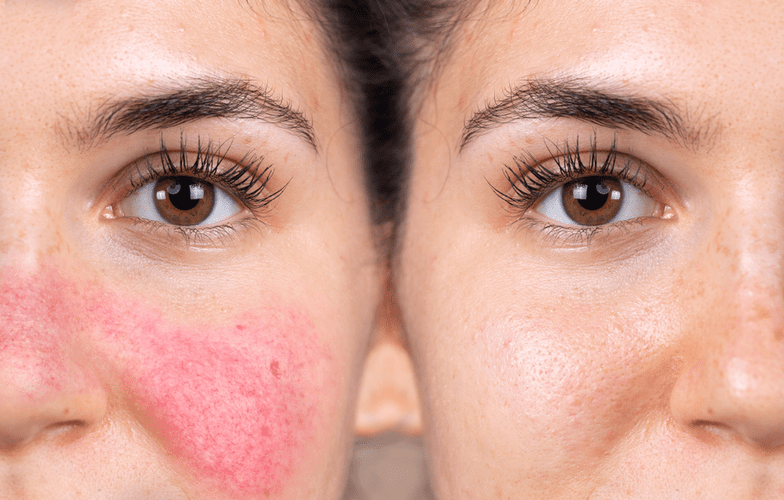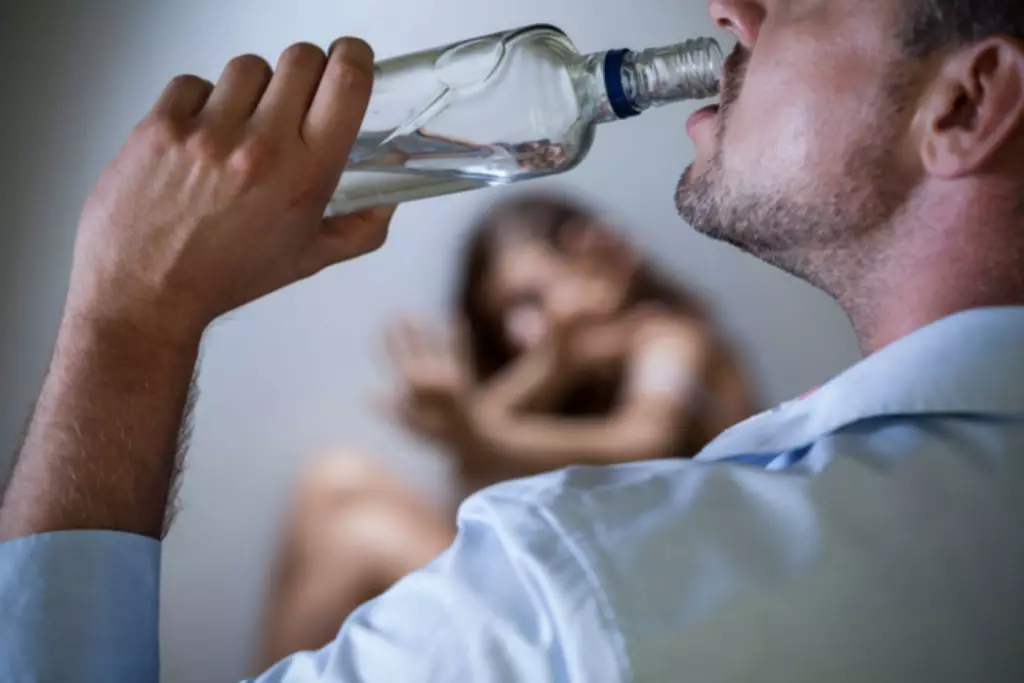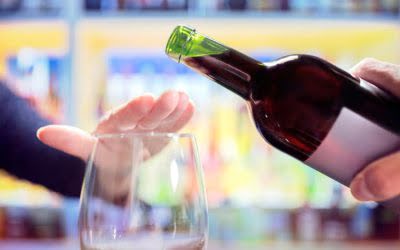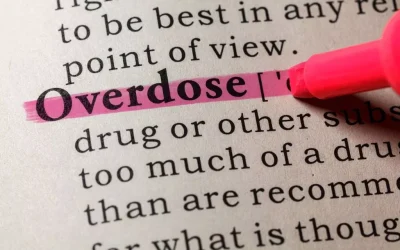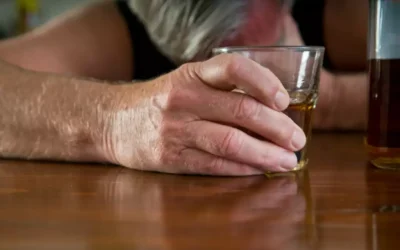First, music provides a rhythmic meter to act as a metronome during breathing exercises and stretches. It’s an excellent addition to a group meditation session as it gently guides participants without distracting thoughts. You can play the music in the background to help clients reflect while listening to music. By participating in group therapy, you discover that you are not alone in your struggles with addiction. Addiction is a mental health disorder that affects everyone, no matter their age, race, sex, or religion.
- Many recovery groups encourage gratitude by having members write gratitude lists.
- And fortunately, more people are now talking about and prioritizing their mental health, just as they would their physical health.
- Our clients often ask us these questions related to CBT group activities.
- A group leader must evaluate either subjectively or objectively (or both) how the group members have progressed and whether goals have been met (Levine, 2011).
- A 1-page handout with 25 quotes from the Dalai Lama on topics such as kindness and happiness.
Mental Health Worksheets & Handouts
They can discover more about one another, reflect on past positive events, and share their hopes for a shared future. This activity can be an excellent icebreaker for couples therapy groups. These questions group activities for adults with substance abuse don’t probe too deeply, but can be a good reminder of the couple’s emotional connection and relationship history. In addition, it can help them learn more about themselves and their partner.

Top-Rated Positive Psychology Exercises for Practitioners
How to Reduce Social Isolation in Older Adults – National Council on Aging
How to Reduce Social Isolation in Older Adults.
Posted: Sat, 08 Jul 2023 03:40:21 GMT [source]
We want to give recovering addicts the tools to return to the outside world completely substance-free and successful. Avoid power struggles at all costs, especially when a client challenges the benefits of treatment. Challenging the efficacy of treatment (or you as a clinician) is a defense mechanism. If the group is relatively healthy, you may want to illicit feedback from other group members before responding.
CBT For Substance Abuse Recovery: Does It Work?
Learning about nutrition and the benefits of healthy eating can improve your chances of getting healthy and staying sober. Confidentiality is a cornerstone of effective support groups; however, maintaining privacy within a group setting can be complex. Participants need assurance that their personal stories and struggles will not be shared outside the group. Facilitators must establish ground rules around confidentiality and clarify its limits when discussing issues that may necessitate mandatory reporting, such as harm to self or others.
- It brings people with similar needs together in a supportive, encouraging, and validating way.
- Most of these activities and exercises can be applied to a wide range of group therapy situations.
- We find that many of our clients are unsure of what to expect, and need time to feel out the group dynamic before speaking up.
- Mindfulness group therapy allows individuals to come together in a group setting to develop and practice mindfulness skills and draw benefits from the shared experience with others.
The minimum recommended number of sessions is generally six, but group therapy often continues for up to a year or more (Cherry, 2017). It is always important for group members to discuss any current issues and get advice and support from other members of the group. Therapists who run these groups are very resourceful and in order to keep the process relatively fresh introduce different activities and topics continually.
Fun Sober Group Activities
They may bring one luxury item, one entertainment item, and one survival item. This is often a revealing activity that can help members get to know one another. In this activity, clients will each get an index card to write down three things about themselves.
Breaking the cycle of addiction requires a thorough comprehension of its stages and triggers. Substance abuse group activities designed to elucidate the addiction cycle help participants identify their patterns, from initial use to cravings, relapse triggers, and recovery milestones. Group discussions, journaling prompts, and interactive diagrams enable participants https://ecosoberhouse.com/ to recognize the nuances of their own journeys and empower them to interrupt the cycle. Many support group meetings and group therapy sessions start with check-ins. They can also discuss any recent challenges or successes related to their recovery journey. Substance abuse treatment is challenging, but recovery is possible with the right support and guidance.

